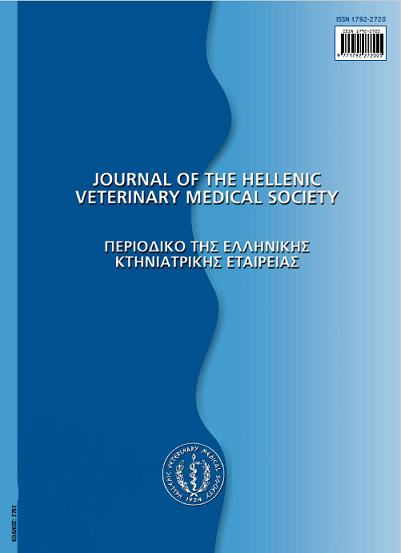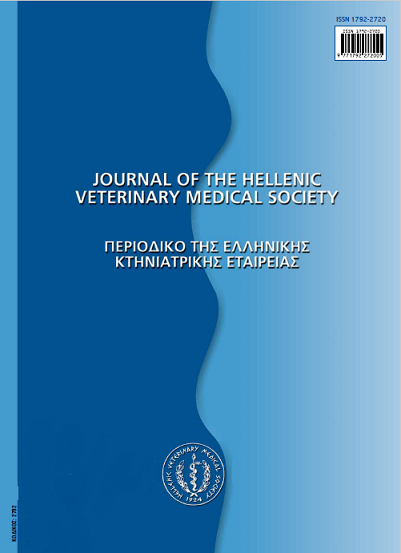Pharmacokinetics of chloramphenicol (CAP) in gilthead sea bream (Sparus aurata) and its in vitro activities against important bacterial fish pathogens
Résumé
The pharmacokinetics of chloramphenicol (CAP) in gilthead sea bream (Sparus aurata), a warm water farmed fish species and its in vitro efficacy against important bacterial diseases of Mediterranean mariculture were investigated in this study. After an intravascular injection (10 mg/kg/fish), the distribution half-life (tl/2a) and the elimination half-life (tl/2ß) of CAP were calculated to be 1.6 and 69 h, respectively. Tissue penetration of CAP was found to be moderate since both the apparent volume of distribution of the drug at steady-state (V<i(ss)) and the apparent volume of the central compartment (Vc) were calculated to be 1.13 and 0.90 L/kg. The total clearance (CLp) of the drug was slow (0.022 L/kg/h). The minimum inhibitory concentration (MIC) values of CAP in distilled water supplemented with 2% NaCl against Vibrio anguillarum serotype lb, Photobacterium damsela subsp. piscicida, V alginolyticus and V ßuvialis were determined to be 4.78 pg/mL, while it was 0.60 pg/mL for V. damsela. The addition of 10 mM Ca2+ and 55 mM Mg2+ in the medium revealed MIC values of 19.13 pg/mL for V alginolyticus and V ßuvialis, whereas showed no effect for V anguillarum P. damsela subsp. Piscicida and V damsela. The results indicate that CAP displayed a satisfactory kinetic profile and it is eliminated fast from gilthead sea bream muscle; however, its high MIC values stress show a possible inefficacy against important bacterial pathogens of Mediterranean mariculture.
Article Details
- Comment citer
-
TYRPENOU (Α.Ε. ΤΥΡΠΕΝΟΥ) A. E., RIGOS (Γ. ΡΗΓΟΣ) G., YAGNISI (Μ. ΓΙΑΓΝΙΣΗ) M., NENGAS (Ι. ΝΕΓΚΑΣ) I., & ALEXIS (Μ. ΑΛΕΞΗΣ) M. (2017). Pharmacokinetics of chloramphenicol (CAP) in gilthead sea bream (Sparus aurata) and its in vitro activities against important bacterial fish pathogens. Journal of the Hellenic Veterinary Medical Society, 54(4), 311–320. https://doi.org/10.12681/jhvms.15340
- Numéro
- Vol. 54 No 4 (2003)
- Rubrique
- Research Articles
Authors who publish with this journal agree to the following terms:
· Authors retain copyright and grant the journal right of first publication with the work simultaneously licensed under a Creative Commons Attribution Non-Commercial License that allows others to share the work with an acknowledgement of the work's authorship and initial publication in this journal.
· Authors are able to enter into separate, additional contractual arrangements for the non-exclusive distribution of the journal's published version of the work (e.g. post it to an institutional repository or publish it in a book), with an acknowledgement of its initial publication in this journal.
· Authors are permitted and encouraged to post their work online (preferably in institutional repositories or on their website) prior to and during the submission process, as it can lead to productive exchanges, as well as earlier and greater citation of published work.






